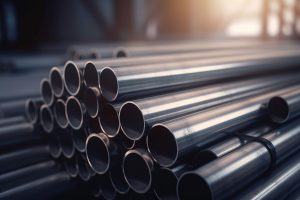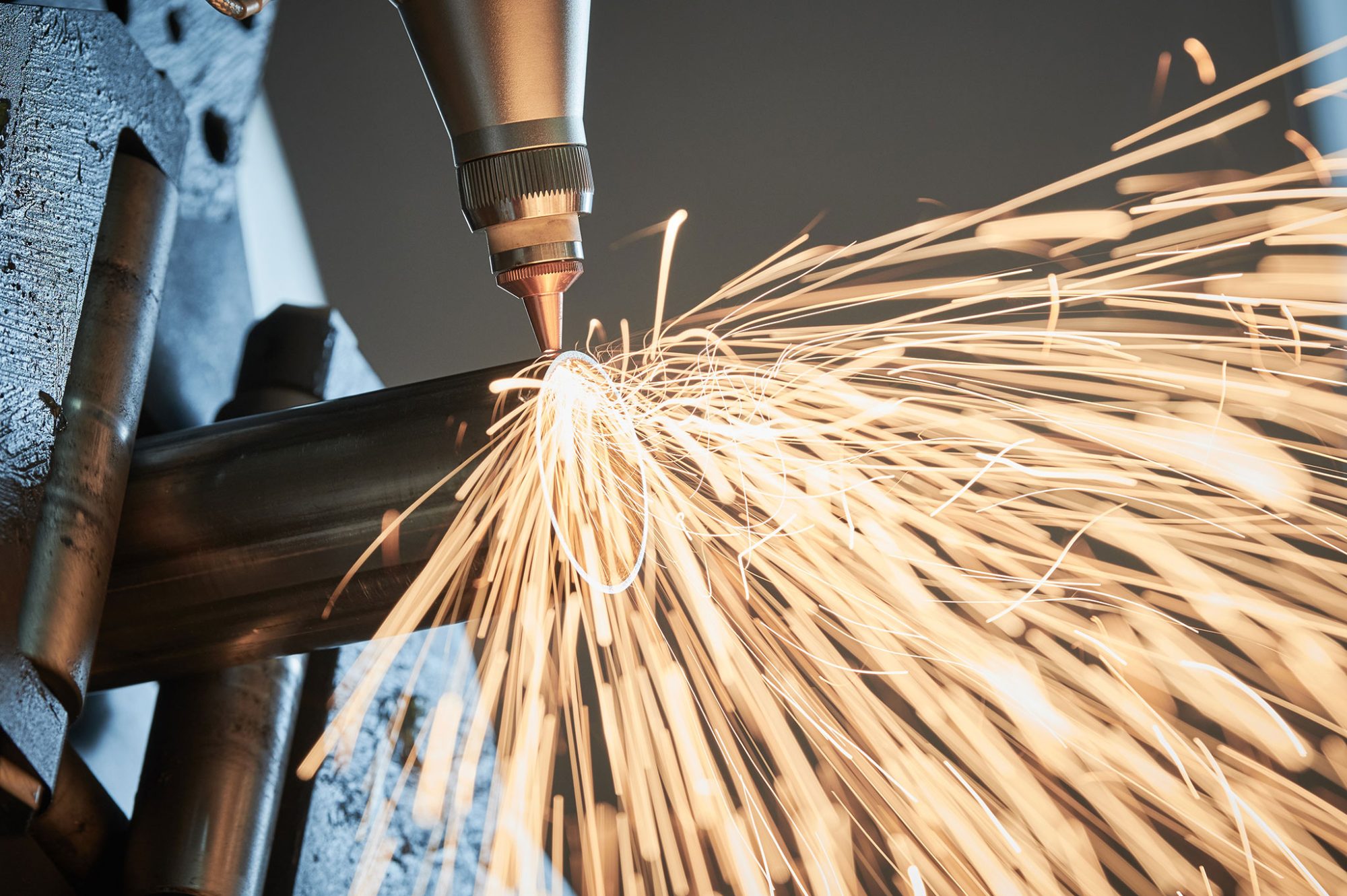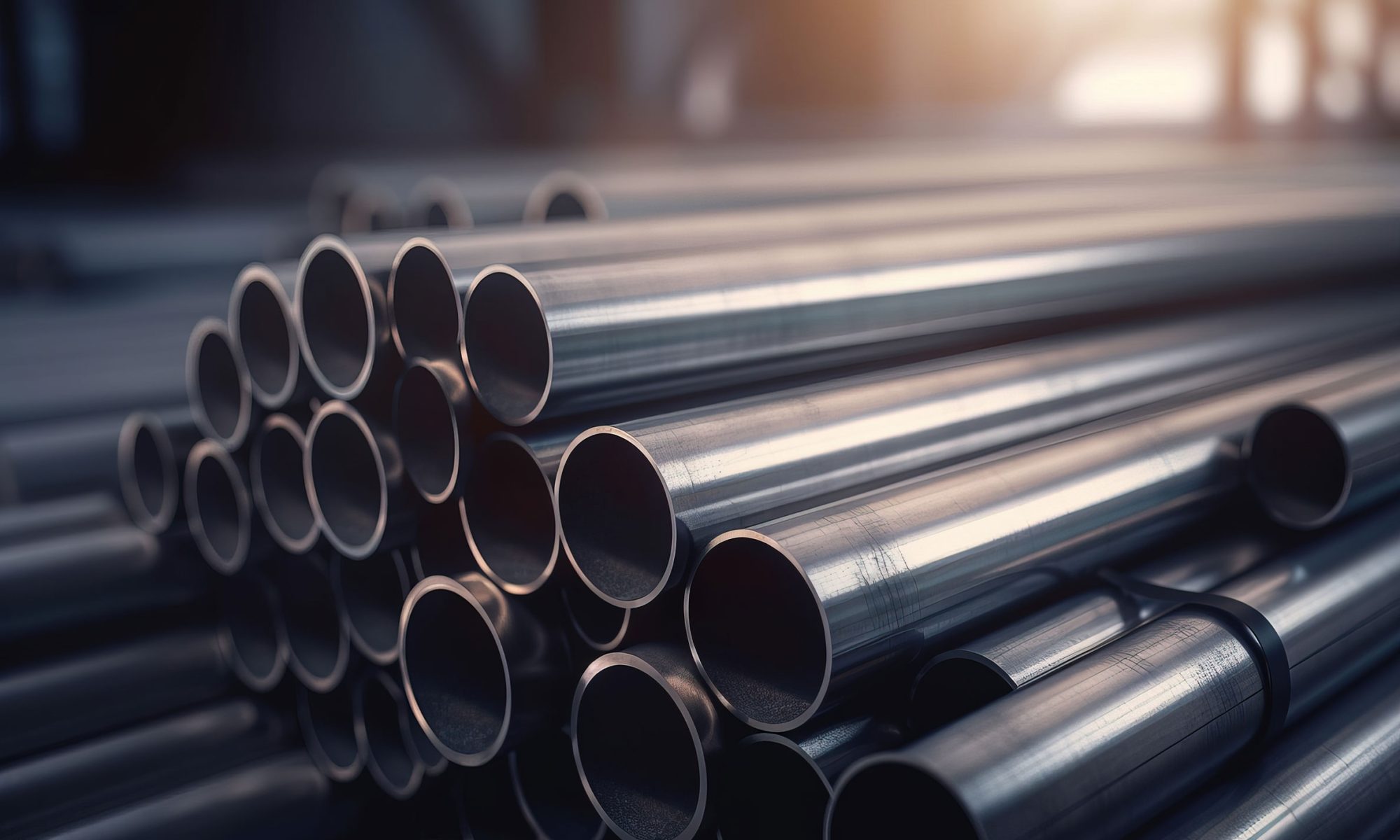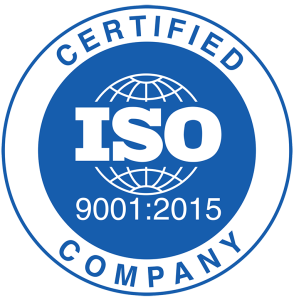We’re a tubing specialist committed to supplying the best merchandise. Our expertise lies with ERW tube. Within our collection exists a multitude of sizes, shapes, and finishes. Also, being an ISO 9001 establishment, we strive to meet the highest standards. This is the case with both our products and customer service.
 The misalignment defect is an issue that sometimes appears with ERW tubes. Also called lap welding defect, it happens when the edges of your tube blank aren’t aligned correctly. Even after you remove the external and internal burrs, traces of misalignment can still exist on the tube’s outer and inner surfaces.
The misalignment defect is an issue that sometimes appears with ERW tubes. Also called lap welding defect, it happens when the edges of your tube blank aren’t aligned correctly. Even after you remove the external and internal burrs, traces of misalignment can still exist on the tube’s outer and inner surfaces.
The leading concern with misalignment is the reduction of the effective wall thickness of your tube. Standards state the residual burr and misalignment of a tube shouldn’t surpass 1.5mm. Also, misalignment can influence X-ray and ultrasonic inspections. It can work as a starting point for chemical corrosion during use too.
Causes of misalignments
With the causes of misalignments, one is poor forming quality. ERW tubing goes through a multitude of rolls to gradually form the coil into a cylindrical state. The standard of the forming work massively impacts welding. If the centre of the steel strip shifts in forming, it results in uneven edges and misalignments. Said misalignments tend to be in one direction, making them simpler to identify.
Improper settings on the forming roller parameters can lead to uneven edge heights before the extrusion warmer as well. This causes local misalignments with incalculable directions.
Extrusion
Then there is the effect of extrusion. You weld ERW tube by heating the strip’s edges and applying pressure. The extrusion force is an essential parameter in the welding operation. It massively affects the tube’s quality. Insufficient force causes a weak weld. Excessive force is able to extrude all metal that reaches weld temperature. It leads to misalignment and also undermines the weld.
It’s hard to avoid issues by only lowering the extrusion force. What you need to do is achieve the right level to get a strong bond and good alignment.
Influence of rolls and tooling
Squeeze and fine rolls primarily influence misalignment. Considerable wear on fine-forming rolls, damage to the squeeze roll edges, and uneven wear on guide pieces can cause periodic misalignments.
For roll bearings, damaged extrusion bearings can lead to non-rotation or uneven rotation. As a result, it can cause misalignment and uneven extrusion forces. Significant gaps or wear in bearings can lead to the issues too.
As for roll tooling installation, bad installation of side extrusion and precision forming rolls can cause misalignment. So can massive gaps between bearings and extrusion roll shafts, and between roll seats and shafts.
Adjusting and eradicating misalignment
Next we want to have a look at what you can do to resolve the issues and ensure good alignment with ERW tube.
Firstly, identify the cause and take the right measures. The strip steel’s centre cannot deviate during forming. Alter small roll reductions and fine-forming diameter to deal with bulges and edge waves. Pick appropriate process parameters as well, especially the welding extrusion force.
With excessively worn rolls, grind them, and repair damaged squeeze rolls. Replace bearings with large clearances or significant wear, and guarantee proper lubrication. You must install rolls horizontally and deal with excessive gaps between the bearings and extrusion rolls. Do this during lane changes.
We offer the best ERW tube
At Union Steel Tubes, we provide the finest tubing. We have plenty of experience and reduce the chance of flaws like misalignment. Our range features standard sizes and shapes as well as special finishes like deburred or zinc or chrome plated. Whatever it is you are after, we can give it to you.
So, feel free to speak to us if you need our high quality ERW tube. It is useful for a massive array of applications.



